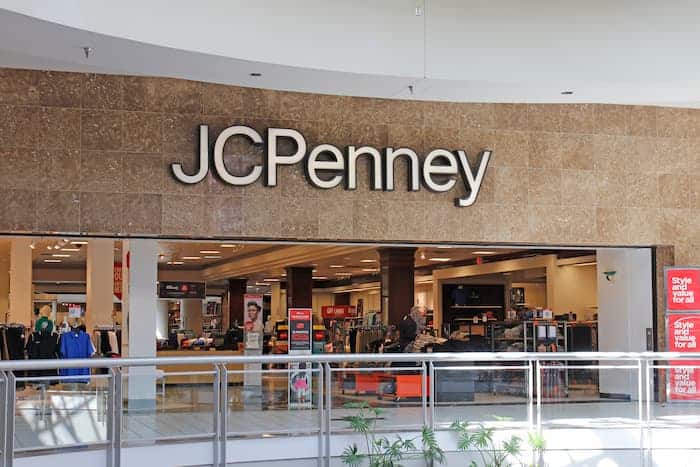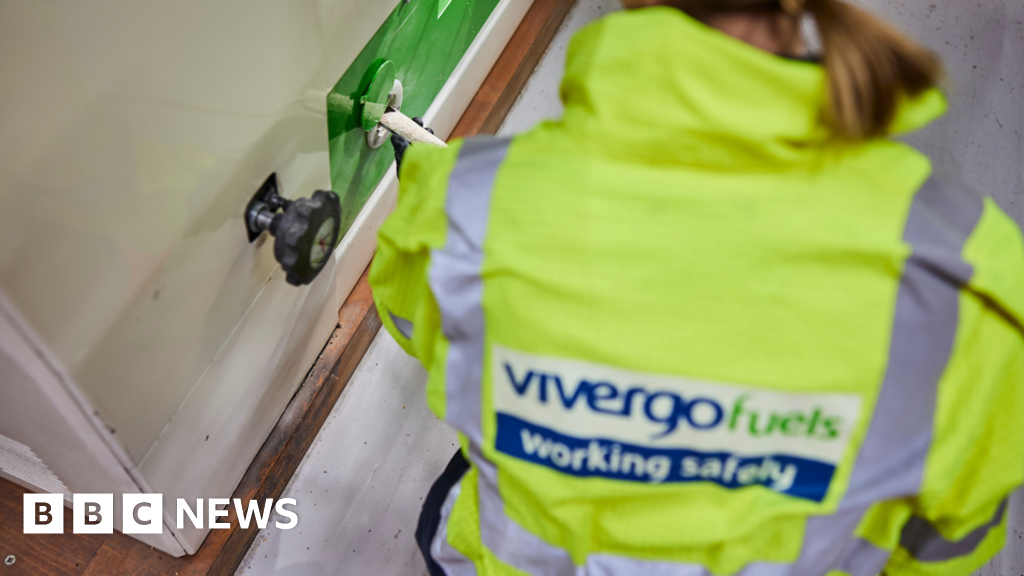Everything is bigger in Texas, including HR innovation.
Last month, retailer JCPenney brought back more than 2,000 office workers to its remodeled corporate headquarters in Plano, Texas, using a flexible hybrid model. The model was not only informed by employee feedback, but it was actually led by a cross-functional group of employees who served as a core advisory group as the company drafted its return-to-office plans for use in the Plano and other corporate offices, JCPenney CHRO Andre Joyner tells HRE.
In taking this approach, JCPenney sought the best of both worlds: to satisfy the organization’s drive to have workers back in the office while still speaking to employees’ need for flexibility.
With its flexible hybrid model, Joyner says, the organization wanted to avoid “absolutes,” such as setting the number of days employees must return to the office, and instead to empower teams to come together for “moments that matter.” Leaders determine when it makes the most sense for their teams to go into the office and make their schedules accordingly.
This approach helped JCPenney avoid the employee pushback and controversy embroiling other employers like Amazon, which saw some of its workforce stage a walkout after it instituted a return-to-office mandate.
And it has already helped increase the number of candidates applying for jobs and improved the organization’s retention rate, Joyner says.
The company also made flexibility a priority for a new tech venture affecting its store-level and supply-chain associates, who comprise the vast majority of its global workforce of 50,000.
With the help of a vendor, JCPenney customized an off-the-shelf software solution for scheduling associates’ shifts and combined it with employee payment software. The new solution gives employees the flexibility to schedule their shifts themselves and choose how frequently they want to be paid with access to on-demand pay—two key areas critically important to employees, Joyner explains.
Designing a return-to-office policy that ‘matters’
JCPenney relied on employee surveys as well as weekly meetings held by the core advisory group of cross-functional employees to inform its RTO strategy.
Empowering employees to share what they both want and need has helped the organization strengthen its associate value proposition, says Joyner, who joined JCPenney in 2021, after working for L Brands’ Victoria’s Secret Lingerie as head of HR and also its PINK brands in a similar position.
“I’m proud of understanding what matters most to the workforce,” he says.
From these discussions, leadership learned that employees primarily want the organization to:
- empower the voice of associates;
- show that it cares about the whole person, inside and outside of work;
- make investments in employees’ growth and development; and
- connect employees with the causes and communities that matter to them.
“By addressing those four areas, that dramatically improved our ability to not only retain the talent we have but it improved our engagement scores,” he says. “It’s really helped us amplify the culture that was already present here.”
Indeed. JCPenney has a rich 120-year history with multiple generations of family members who have worked at the retailer, creating a family-like culture.
Hear how Joyner and his team worked to bring this “family” back together through the company’s return-to-office and provide an even more excellent employee experience.
Credit: Source link











